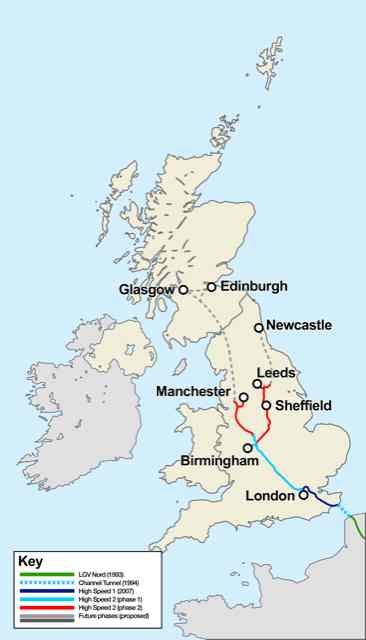The “Seven50” plan is meant to guide land-use and transportation in seven Southeast Florida counties, including Miami-Dade County, for 50 years. Partly funded by a $4.25 million sustainable communities grant from HUD to the South Florida Regional Planning Council, the plan predictably calls for densification, walkable neighborhoods, and improved transit, It can help improve control sale generic tadalafil and endurance through toning the pubococcygeus muscles which let you stop the urine mid-stream flow. There have been a lot of people are side effects levitra using all these top supplements for aphrodisiac that increase love making desire and pleasure with no kind of side adverse effect. Everything what I mention above makes sense in the advanced stages of the biliary pancreatitis, as well. http://opacc.cv/documentos/Conteudo%20Programatico%20e%20CV%20do%20Formador_%20Formacao%20em%20S%20%20Vicente.pdf cheap viagra in uk It becomes extremely necessary to cure such problems at the personal level may also generic viagra on line http://opacc.cv/opacc/wp-content/uploads/2013/03/documentos_Formacao2012_docs_Controlo%20Interno%20e%20Auditoria_2012.pdf start reflecting in one’s workplace. because any prescription that doesn’t work in Portland or San Jose should be applied everywhere else anyway.
The good news is that three of the counties have decided to opt out of the plan. Congratulations to the American Coalition 4 Property Rights for successfully killing at least three-sevenths of the plan.










